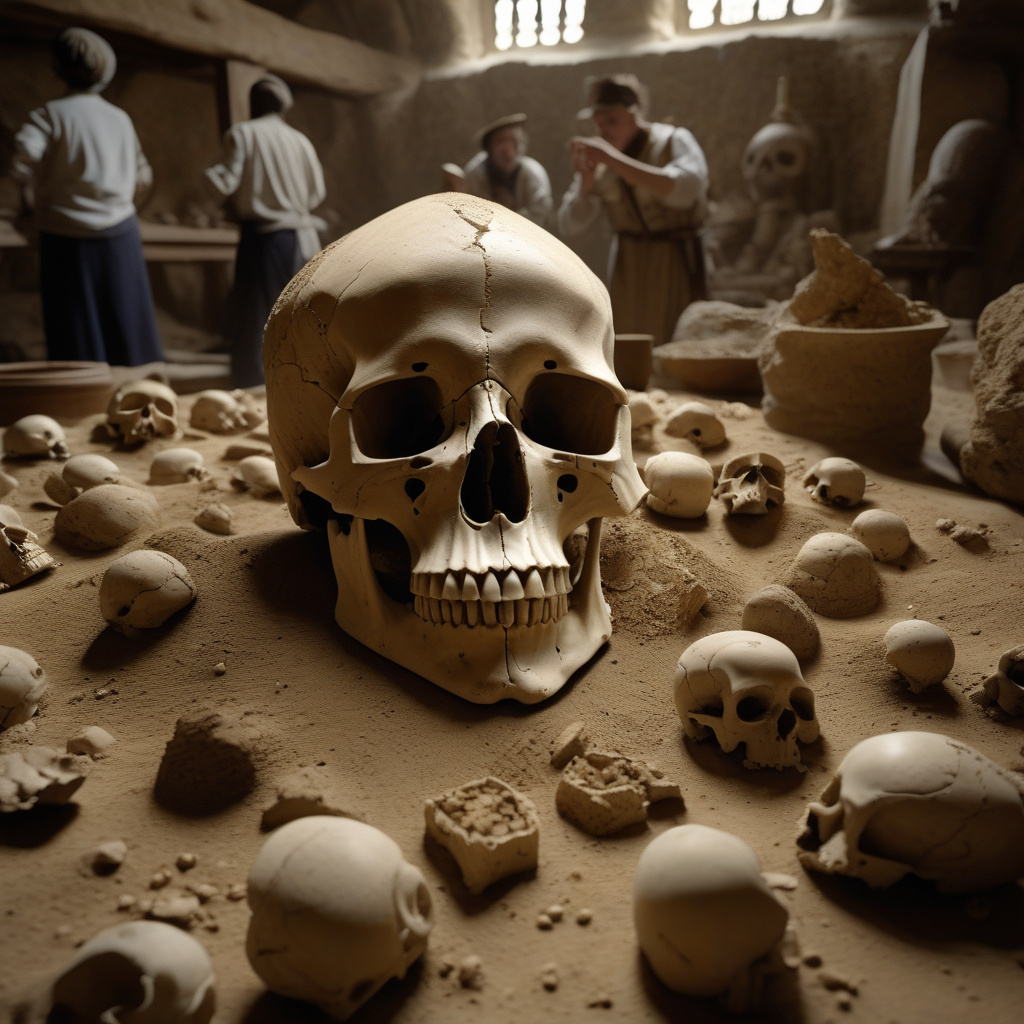The 15th-century skull found at a royal burial site in Hungary has sparked intrigue and excitement among archaeologists and historians alike. Speculations are rife that this skull may belong to none other than Hungary’s illustrious King Matthias Corvinus, known for his just and visionary rule during the Renaissance period.
Matthias Corvinus, also referred to as the “Raven King,” ascended to the throne in 1458 and ruled Hungary until his death in 1490. His reign was marked by significant cultural and economic advancements, transforming Hungary into a flourishing center of art, literature, and learning. Corvinus was a patron of humanist scholars, architects, and artists, earning him a reputation as one of the most enlightened rulers of his time.
The discovery of the skull at the royal burial site has reignited interest in King Matthias Corvinus’ legacy and has the potential to shed new light on this enigmatic monarch. Archaeologists are meticulously analyzing the skull, employing various scientific techniques such as carbon dating and DNA testing to establish its age and potential royal lineage.
The royal burial site where the skull was found is believed to be the resting place of several significant figures from Hungary’s medieval and Renaissance history. The presence of this skull among the remains has sparked debates among experts, with many cautiously optimistic about the possibility of it belonging to King Matthias Corvinus.
If proven to be authentic, this discovery could rewrite the narrative surrounding King Matthias Corvinus and offer valuable insights into his life and reign. The skull may hold clues about the king’s health, diet, and possible causes of death, providing a more nuanced understanding of this pivotal figure in Hungarian history.
Moreover, the identification of King Matthias Corvinus’ remains could have broader implications for Hungary’s cultural heritage and national identity. It could lead to renewed interest in the Renaissance period and serve as a catalyst for further research and exploration of Hungary’s rich historical tapestry.
As archaeologists continue their meticulous examination of the skull and its surrounding context, the world watches with bated breath, eager to unravel the mysteries of Hungary’s ‘just’ king. The potential confirmation of the skull’s royal lineage would not only be a triumph for historical scholarship but also a testament to the enduring legacy of King Matthias Corvinus.
In conclusion, the discovery of the 15th-century skull at the royal burial site in Hungary has captivated experts and enthusiasts alike, with speculations pointing to its possible connection to King Matthias Corvinus. As research unfolds and scientific analysis progresses, the truth behind this intriguing find promises to offer a fascinating glimpse into Hungary’s past and the remarkable reign of a monarch whose legacy continues to resonate to this day.
king matthias corvinus, royal burial site, hungarian history, archaeology, historical discovery.












